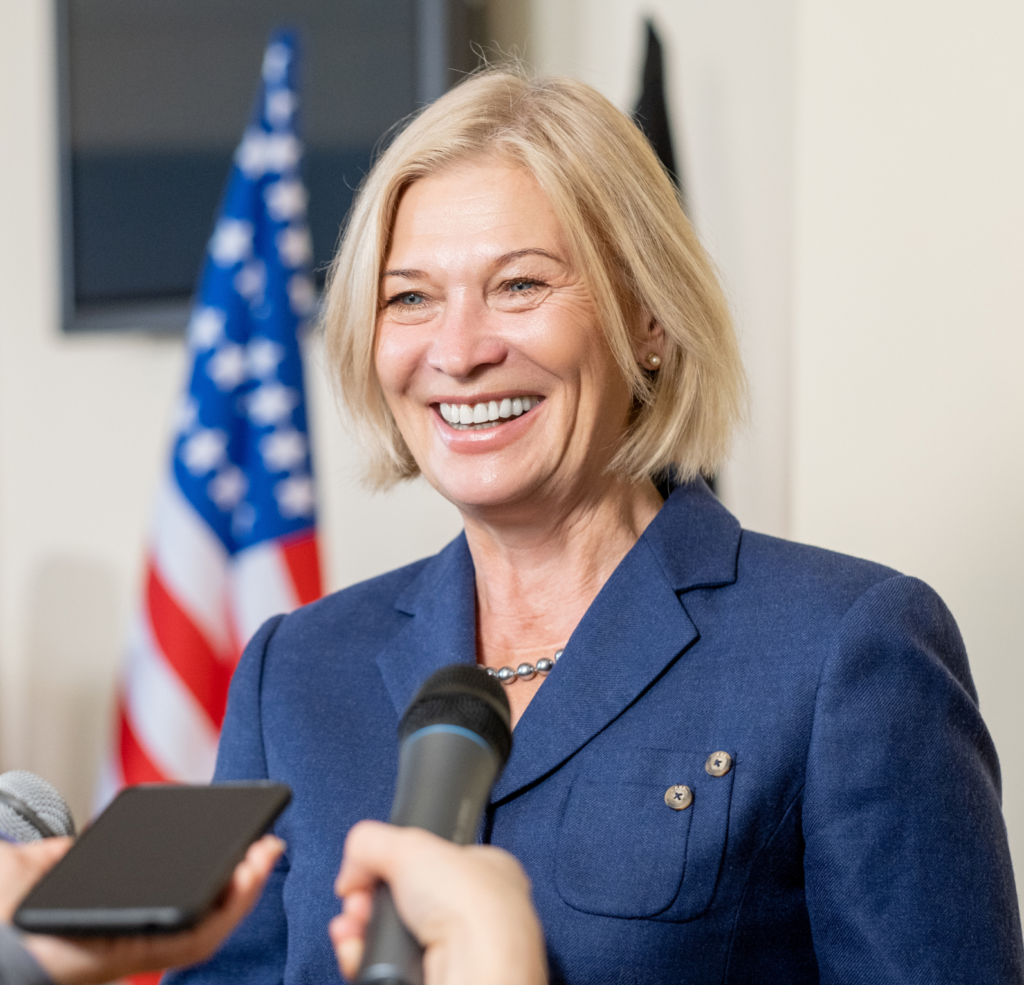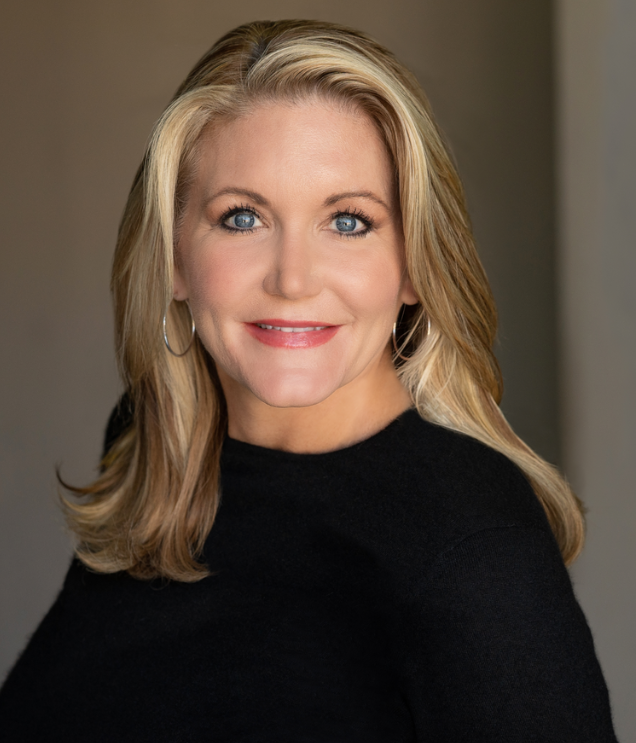By Linda Fisk
More than half of the world’s population is female, but both in the United States of America and worldwide, women hold less than one-fifth of political offices.
Why the scarcity of female candidates and elected officials? Are women indifferent, reluctant, apathetic, or tentative about political office? Is the political system impenetrable or unresponsive to women?
Although formal barriers to political participation for women and other underrepresented minorities are nearly nonexistent around the world, it’s clear that factors limit women’s political participation worldwide. What are the official and unofficial barriers, the formal and informal obstacles, and how do these barriers emerge that limit women’s political participation?
Additionally, the lack of financial resources can limit political participation given the costs associated with elections and the compensation provided as a public servant. We need rules assuring that candidates and legislators are paid a family wage so women can seek political office as a viable career choice and be able to feed themselves and their families, whether or not they win.
In addition, elective office, even at the entry level, can be round-the-clock work, with constant travel, evening events, and late-night sessions. If we genuinely want a more diverse set of elected officials, we need better job conditions for those in political power. We need better working hours, health care insurance, daycare, and the ability to receive a salary during a campaign. Family-friendly work hours in political institutions need to be built into a country’s political system to bring more women to political power.

How can we tear down remaining barriers to advance women’s participation in politics?

Laws, policies, and procedures that promote gender equality send positive messages to women and girls about their role and place in government and politics; the lack of such sends the opposite message. And governmental silence in the face of continuing injustice and inequality is a continuing problem for women and the advancement of women in positions of political power.
We know that norms about women’s appropriate roles and leadership capabilities can shape both aspirations and opportunities. Importantly, in countries where women have historically been absent in public life, such barriers to entry may be much higher. In fact, a lack of women in high-powered positions may affect both men’s and women’s perceptions of women’s ability to govern and lead. Without effective role models, both men and women alike are likely to question or doubt women’s ability to govern and lead at the highest levels, which affects the ability of women to win elections.
First, there should be policies at all levels of government that make the world safe for women to fully participate by protecting them against sexual harassment, threats, and other forms of violence. All women, as candidates or elected officials, should be protected by law and practice from discrimination, harassment, and violence of any kind.
At the level of policymaking on substantive issues, we need greater awareness of women’s roles in caring for children, the elderly, and the disabled. Generally, the less the government does to support those who cannot care for themselves, the more time women put into unpaid family care work. Women would have more time and energy to participate in politics with policies that support public solutions to women’s caretaking burdens. And, once in office, women leaders are more likely to be responsive to public needs and tend to cooperate across party lines to protect the most vulnerable in society that they have typically cared for.
The single most effective remedy for women’s underrepresentation in politics internationally is political party quotas. While informal rules and relationships tend to reinforce hierarchies of power, procedures that promote and guarantee women’s decision-making within political parties can increase their public voice. And, with a fair and equitable quota for women equally represented in both political parties, we would quickly have a much more diverse and inclusive government that truly represents the people.
Interestingly, in the United States, both of the two major parties already have internal gender quotas in another arena: 50% of delegates to each party’s conventions must be women. But, if party leaders could commit to an agreed-upon quota for women’s representation, with stronger recruitment efforts, perhaps with the goal of securing half of all candidates being women, we would quickly resolve the gender disparity in our political system worldwide.
And while we know that mentorship is the most powerful way to bring more women into political office (and counteract social biases), being a token “woman at the top” is often accompanied by work overload that leaves little time for female political leaders to nurture the next generation of women in politics.
One final lesson we could learn from peer countries would be the process of “gender analysis” in budgeting and policymaking. Many countries have made “gender-responsive budgeting” a priority, to good effect both for women and these countries as a whole.
The composition of legislative bodies affects the quality of our laws and may influence the extent of their application. By ensuring that our political processes and institutions reflect the needs of the society they govern, we can be more responsive, more inclusive, and more equitable.






